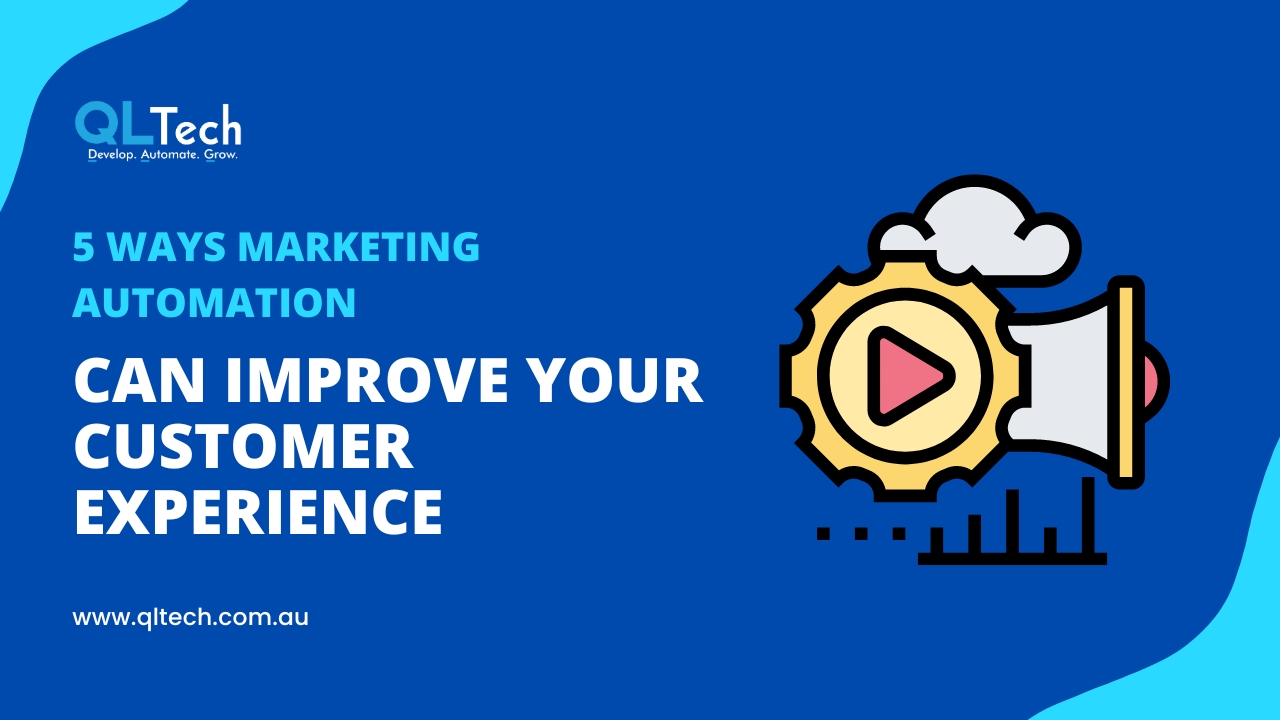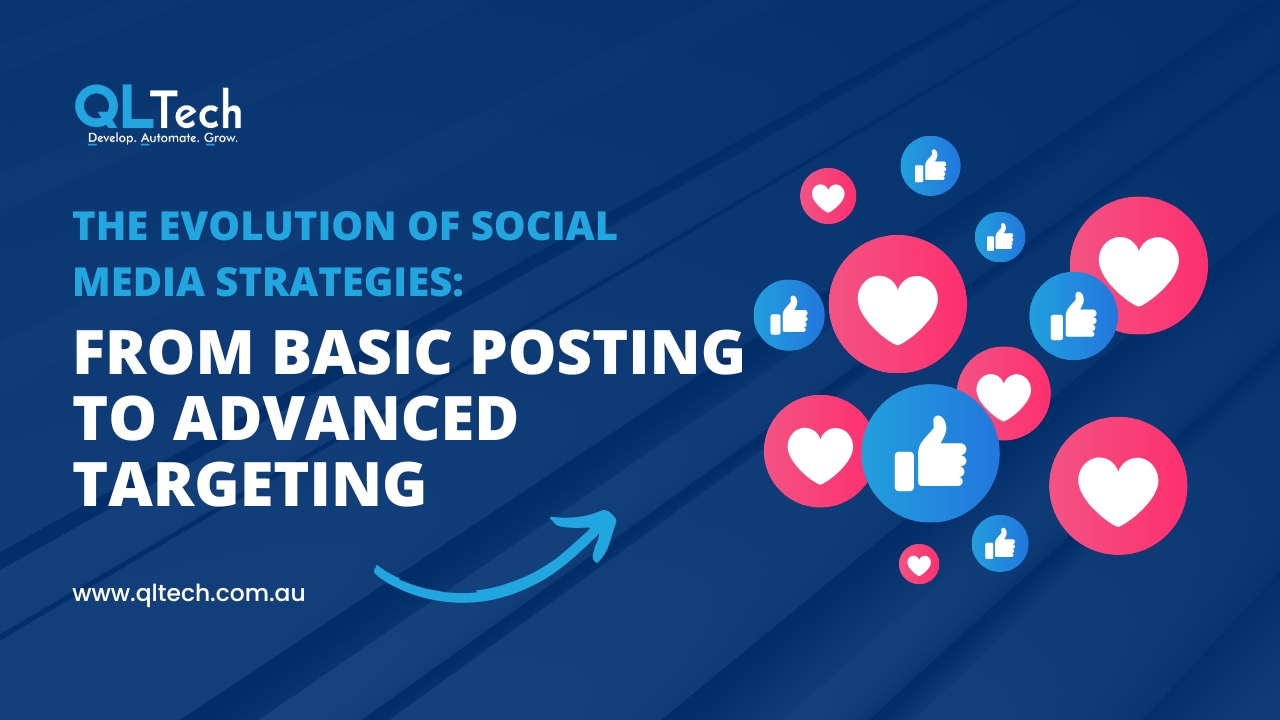In today’s digital landscape, search engine optimization (SEO) is crucial for improving the visibility and ranking of websites on search engine results pages. While off-page SEO involves external factors, on-page SEO focuses on optimizing the content and structure of individual web pages to enhance their relevance and appeal to search engines. In this blog post, we will explore effective on-page SEO techniques that can help you optimize your website and improve its chances of ranking higher in search engine results.

1. Keyword Research and Optimization: Keyword research is the foundation of on-page SEO. Identify relevant keywords and phrases that your target audience is likely to search for. Use keyword research tools to find high-volume, low-competition keywords. Once you have selected the keywords, optimize your web page by incorporating them naturally into the page title, headings, subheadings, meta tags, URL, and throughout the content. However, avoid overusing keywords, as it may lead to keyword stuffing and negatively impact your ranking.
2. High-Quality and Relevant Content: Creating high-quality, unique, and relevant content is vital for on-page SEO. Search engines prioritize websites that offer valuable and informative content to users. Ensure that your content is well-written, engaging, and easy to read. Use subheadings, bullet points, and paragraphs to enhance readability. Incorporate relevant keywords naturally within the content to make it more search engine-friendly. Regularly update and add fresh content to your website to attract both users and search engines.
3. Optimized Meta Tags: Meta tags provide information about your web page to search engines and users. Optimize your meta title and meta description tags to accurately represent your content and include relevant keywords. The meta title should be concise, compelling, and include the primary keyword. The meta description should provide a brief summary of the page’s content, enticing users to click through to your website. Using unique and optimized meta tags for each web page helps search engines understand your content better.
4. URL Structure: Optimize your URL structure to improve search engine visibility. Keep your URLs concise, descriptive, and keyword-rich. Use hyphens to separate words, making them easier to read. Avoid using dynamic URLs with excessive parameters and numbers, as they are less user-friendly and can negatively impact SEO. A clean and organized URL structure helps search engines and users navigate and understand your website’s content more effectively.
- Image Optimization: Images play a crucial role in engaging users and improving the visual appeal of your website. However, search engines cannot interpret images directly. To make your images search engine-friendly, optimize them by using descriptive file names, alt tags, and captions. Include relevant keywords in the alt tags and captions to provide additional context to search engines. Compress images to reduce file size and improve page loading speed, which is an important ranking factor.
- Internal Linking: Internal linking refers to linking pages within your website. It helps search engines discover and navigate through your content more effectively, improving the overall user experience. Use descriptive anchor text for internal links, incorporating relevant keywords when appropriate. Ensure that the internal linking structure is logical and organized, making it easy for users and search engines to find related content on your website.
- Page Speed Optimization: Page speed is a critical factor in both user experience and SEO. Optimize your web pages to load quickly by compressing images, minimizing HTML, CSS, and JavaScript files, and utilizing caching techniques. Use tools like Google PageSpeed Insights to analyze and optimize your website’s performance. A fast-loading website enhances user satisfaction and encourages search engines to rank your pages higher.
Conclusion: Implementing effective on-page SEO techniques is essential for optimizing your website for search engines. By conducting keyword research, creating high-quality content, optimizing meta tags and URLs, optimizing images, utilizing internal linking, and optimizing page speed, you can improve your website’s visibility and ranking on search engine results pages. Remember to focus on providing a seamless user experience while adhering to search engine guidelines. By continuously monitoring and refining your on-page SEO strategies, you can increase organic traffic, attract more visitors, and achieve your website’s goals.








